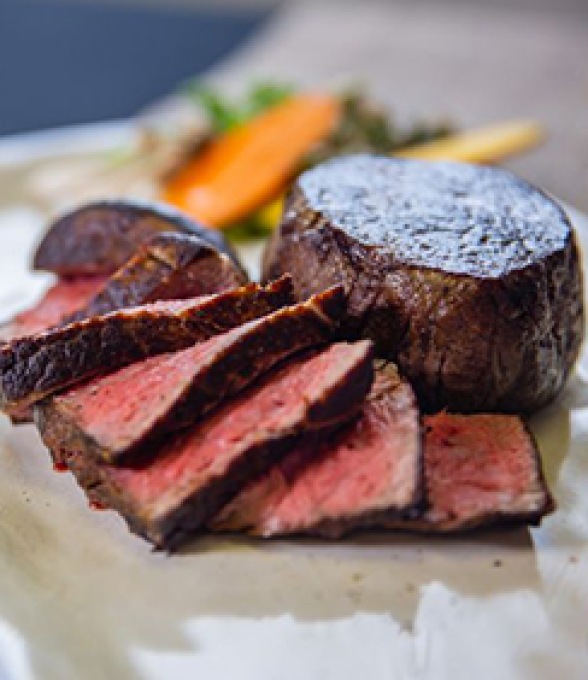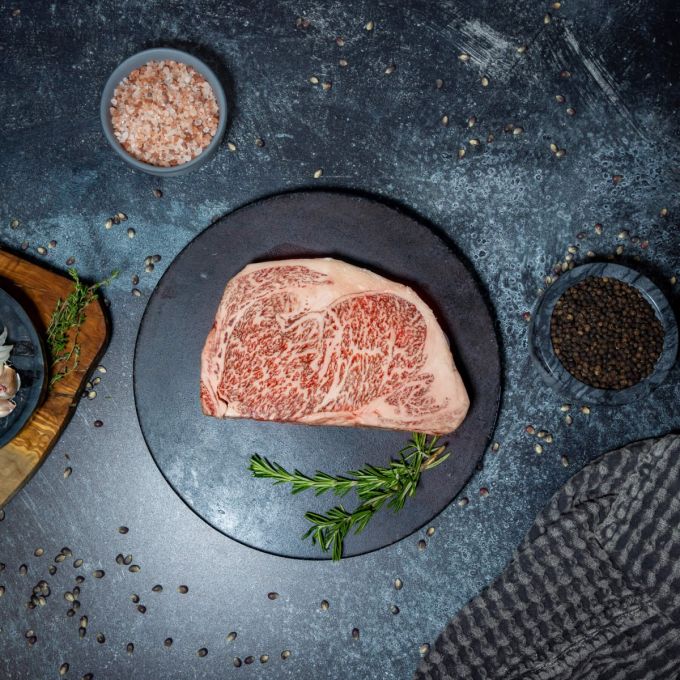How Many Times Can You Freeze a Steak? - Guga Foods
If you’re a foodie, home cook, or culinary enthusiast who loves to buy steaks in bulk to save money, you might have wondered more than once about the implications of freezing and re-freezing your prized cuts. Today, we're taking a deep dive into this very question, inspired by a fascinating experiment conducted by Guga on his YouTube Channel, Guga Foods.

Freezing and Food Safety
Before we get into the nitty-gritty of multiple freeze-thaw cycles, it’s essential to understand the basics of freezing and food safety. According to the USDA's Food Safety and Inspection Service (FSIS), freezing food is a safe and effective way to preserve it. When you freeze meat, you essentially put bacterial growth on pause, prolonging its safe consumption period. However, the key to doing it right lies in the details.
The USDA Guidelines
The USDA states that you can safely freeze meat indefinitely, but its quality will degrade over time. For the best taste, it’s recommended to consume frozen beef within 12 months. But what happens when you thaw and refreeze it multiple times?
Guga's Experiment
In his video "How Many Times Can You Freeze A Steak?", Guga set out to answer this question through a hands-on experiment. His goal was to determine how many times a steak can be frozen before it becomes unpalatable.
The Process
Guga started with high-quality steaks and subjected them to multiple freeze-thaw cycles. Each cycle involved freezing the steak completely, allowing it to thaw, and then refreezing it once again. He repeated this process several times to observe changes in texture, flavor, and overall quality.
Observations
According to Guga's findings:
- First Freeze-Thaw Cycle: The steak remained relatively unchanged.
- Second Freeze-Thaw Cycle: Minor changes in texture began to appear, but the flavor was still good.
- Third Freeze-Thaw Cycle: The steak showed noticeable texture degradation and slight loss of juiciness.
- Fourth Freeze-Thaw Cycle and Beyond: Significant texture issues emerged, and the flavor quality diminished substantially.

Factors Affecting Quality
Several factors play a role in how well a steak withstands multiple freeze-thaw cycles:
- Water Content: Each freeze-thaw cycle leads to the formation and melting of ice crystals, which can rupture the muscle fibers and cause the meat to lose moisture.
- Packaging: Proper packaging can help minimize freezer burn and preserve the steak's quality.
- Speed: Quick freezing and slow thawing can help preserve the steak's integrity better than slower freezing and quick thawing methods.

Conclusion
Based on Guga's experiment and USDA guidelines, it's clear that while you can technically freeze and refreeze steaks multiple times, the quality will degrade with each cycle. For optimal taste and texture, it’s best to limit the number of freeze-thaw cycles to two or three.
If you find yourself defrosting a steak and then deciding not to cook it, it’s best to refreeze it only once to maintain its quality. Better yet, try to plan your meals more precisely to avoid unnecessary freezing and thawing altogether.
Curious to see Guga's full experiment in action? Check out his video on YouTube here. For more detailed information on freezing and food safety, visit the USDA’s website.
By understanding the science behind freezing and thawing, you can make more informed decisions about how to store your steaks and enjoy them at their best quality. Happy cooking!



















































